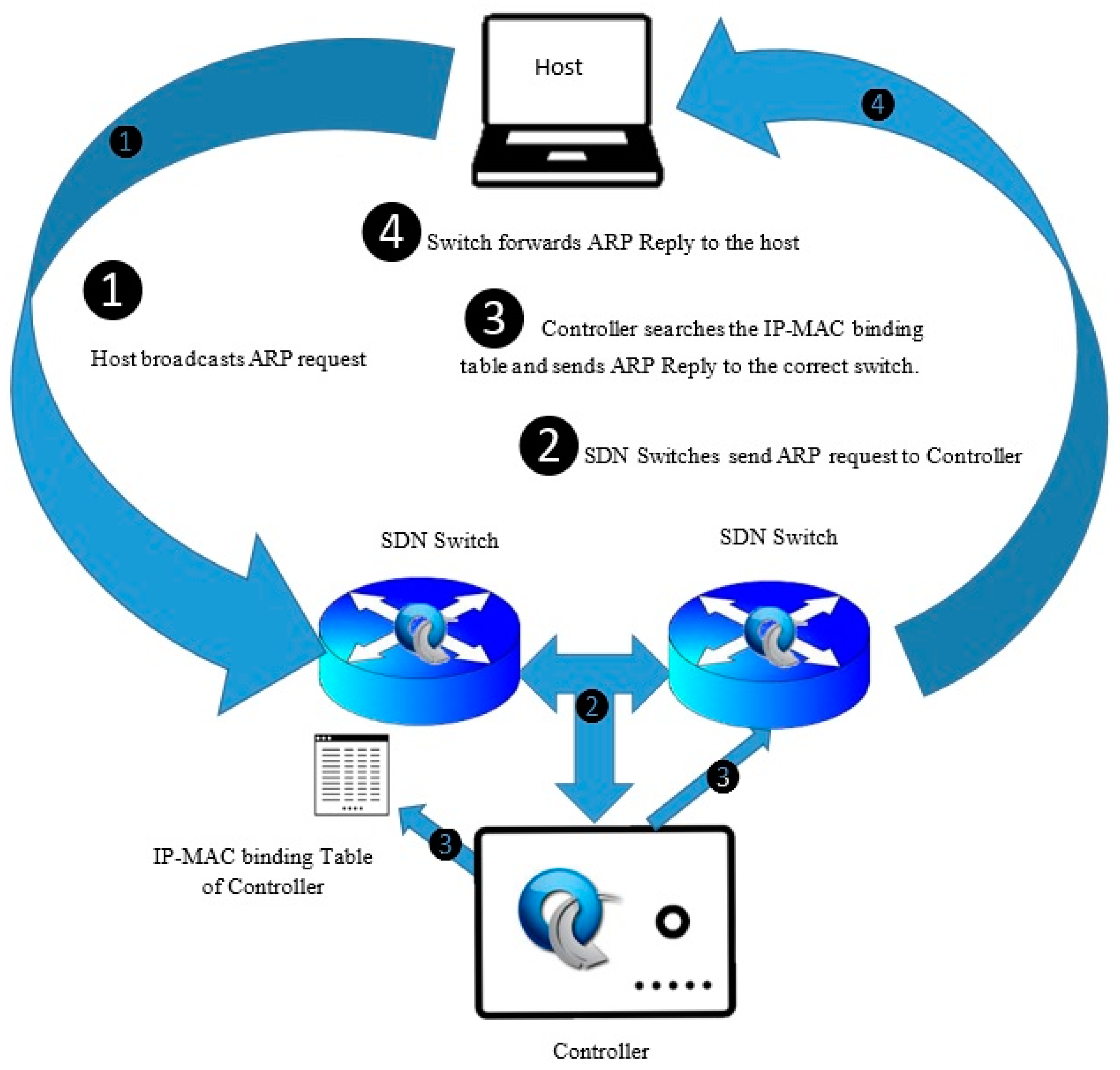


But it's still not a native implementation and may suffer performance penalties. You can use WinPcap with a c# wrapper as well. There might be a way to stop this, but you would have to research the. I think C# does provide a raw socket class, but if you try to emulate TCP/IP and UDP and spoof addresses not belong to you're host, it actually drops you're packets. I really don't understand why you're trying to do this, but from the sounds of it you're looking to similate the types of packet loss / corruption that could be caused by RF equipment.įirst off, you mentioned C#, which really isn't the language for doing this, the low level networking is too far removed. Technically you can use ARP poisoning to do this, however I really don't think I would recommend it. (We are open to the language we use, but probably prefer C# or Qt-based solutions) If it is feasible, is RFC826 (plus 52) the latest document on ARP? Is there a better document out there?Īre there any libraries that let you do this in C#? Is this a feasible approach? (don't want to spend weeks developing before realizing that there are too many obstacles or that it is flat-out impossible) To that extent, we were thinking of using ARP-poisoning (or spoofing, whichever you prefer to call it), to force all the traffic through one (or potentially multiple for load-balancing) of these servers to perform the packet shaping. I need a way to transparently run our server and apply the effects without changing any existing software (and some can't be changed, anyway) for both UDP and TCP. They also don't handle either UDP or TCP. I am aware of other tools that let you do these kind of effects (such as OPNET, which we might use as part of the solution), but they typically require you to route the data directly to them for processing.

As I mentioned, the effects would be calculated on line-of-sight, distance, interference, etc between the "virtual-world position" of the nodes. This is all to do with running simulations of multiple real-world entities: a physical node in the network would represent a 3D moving entity in the 3D virtual world. By this I mean a central server that will inspect all the packets on the network and apply logic (drop, delay, alter, etc) based on factors external to the actual network such as weather and line-of-sight. We are looking at ways of creating a network effects server.


 0 kommentar(er)
0 kommentar(er)
